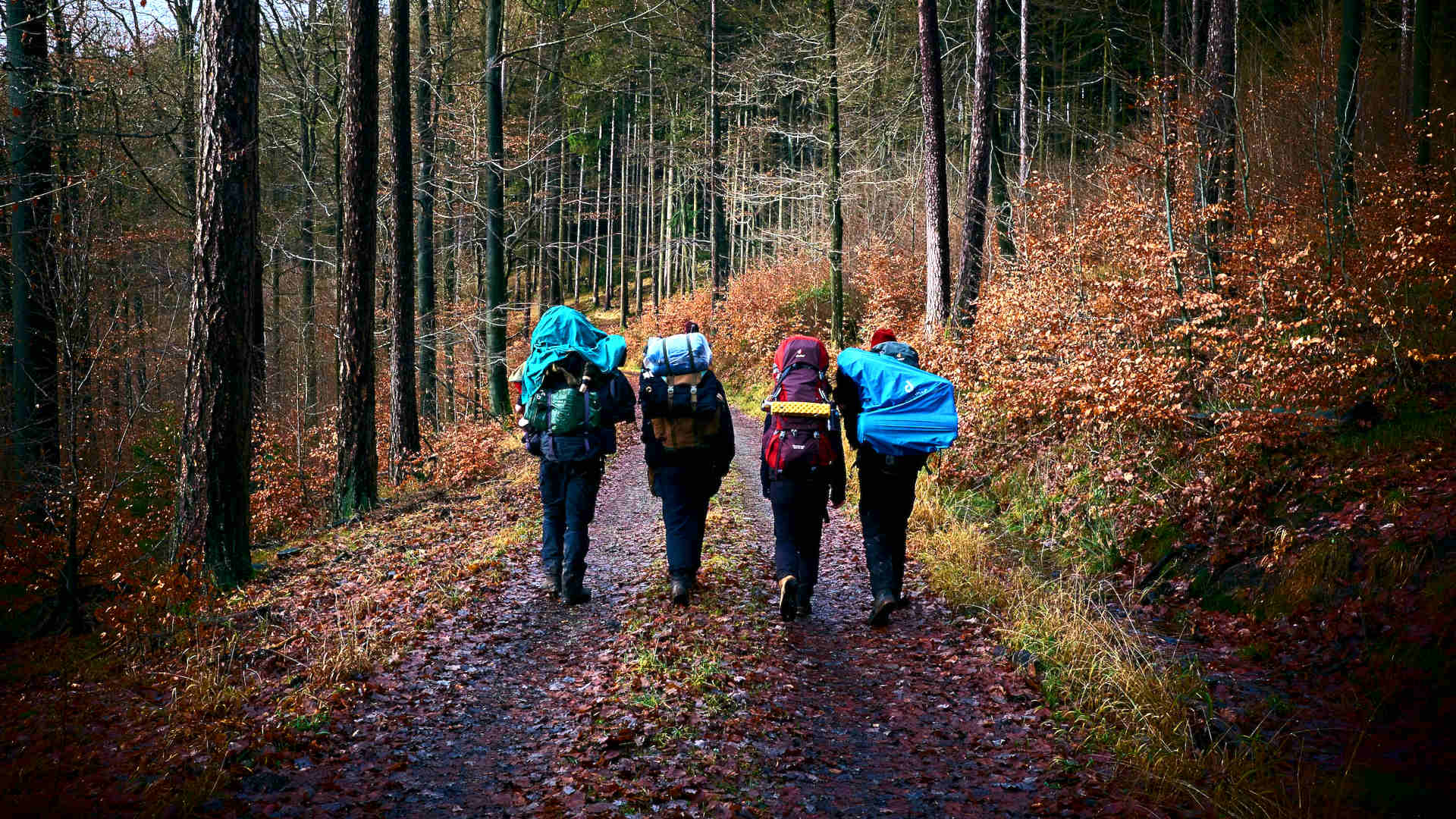Overview
On March 8, 2023, a 16-year-old boy named Ethan Plath died while participating in the Trails Wilderness Program, a therapeutic wilderness program for troubled youth. Ethan’s death was the third death of a participant in the Trails program since 2017.
The Trails program is a 12-week program that takes place in the remote wilderness of Arizona. Participants are required to hike long distances, carry heavy backpacks, and camp in the elements. The program is designed to help participants develop self-reliance, teamwork, and problem-solving skills.
Ethan’s death has raised a number of questions about the safety of wilderness programs. Some people have questioned whether these programs are too risky for troubled youth. Others have asked whether the programs are adequately staffed and supervised.
In the wake of Ethan’s death, the Trails program has suspended operations. The company that operates the program has also been sued by Ethan’s family. The lawsuit alleges that the program was negligent in Ethan’s death and that the company failed to properly supervise its staff.

What happened to Ethan Plath?
Ethan Plath was a troubled youth. He had been diagnosed with ADHD and oppositional defiant disorder. He had also been in trouble with the law on several occasions.
In January 2023, Ethan’s parents enrolled him in the Trails Wilderness Program. They hoped that the program would help Ethan develop self-reliance and turn his life around.
Ethan began the program on February 13, 2023. On March 8, 2023, Ethan was hiking with a group of other participants when he collapsed. He was pronounced dead at the scene.
The cause of Ethan’s death is still under investigation. However, it is believed that he may have died from a heart condition.
Why are wilderness programs so dangerous?
Wilderness programs can be dangerous for a number of reasons. First, participants are often required to hike long distances and carry heavy backpacks. This can be physically demanding, especially for participants who are not in good physical condition.
Second, wilderness programs often take place in remote areas. This can make it difficult to get help if something goes wrong.

Third, wilderness programs often have a limited number of staff members. This can make it difficult to supervise participants closely.
What can be done to make wilderness programs safer?
There are a number of things that can be done to make wilderness programs safer. First, programs should require participants to undergo a medical examination before starting the program. This will help to identify any participants who may be at risk for medical problems.
Second, programs should have a sufficient number of staff members to supervise participants closely.
Third, programs should have a clear plan for dealing with emergencies. This plan should include procedures for evacuating participants from remote areas.
Additional questions and concerns
In addition to the safety concerns raised above, there are a number of other questions and concerns about wilderness programs. One concern is that these programs are often expensive. Another concern is that these programs are not always effective.

Some studies have shown that wilderness programs can be effective in helping troubled youth develop self-reliance and teamwork skills. However, other studies have shown that these programs are not always effective in reducing recidivism rates.
There is also a concern that wilderness programs can be abusive. Some former participants have alleged that they were physically or emotionally abused by staff members.
What parents can do
Parents who are considering enrolling their child in a wilderness program should do their research. They should ask about the program’s safety record, its success rate, and its policies on discipline. They should also talk to other parents who have had children participate in wilderness programs.
It is important to remember that wilderness programs are not a panacea for troubled youth. These programs can be beneficial, but they should not be viewed as a cure-all. Parents should work with their child’s therapist or counselor to develop a comprehensive treatment plan.
Conclusion
The death of Ethan Plath is a tragic reminder of the dangers of wilderness programs. These programs can be beneficial for troubled youth, but they are not without risks. Parents should carefully consider the risks and benefits before enrolling their child in a wilderness program.










